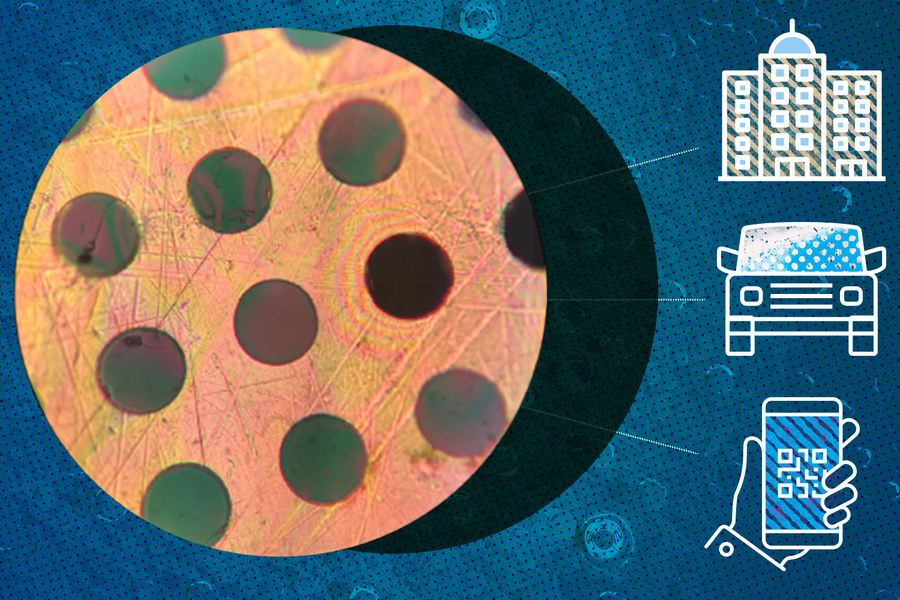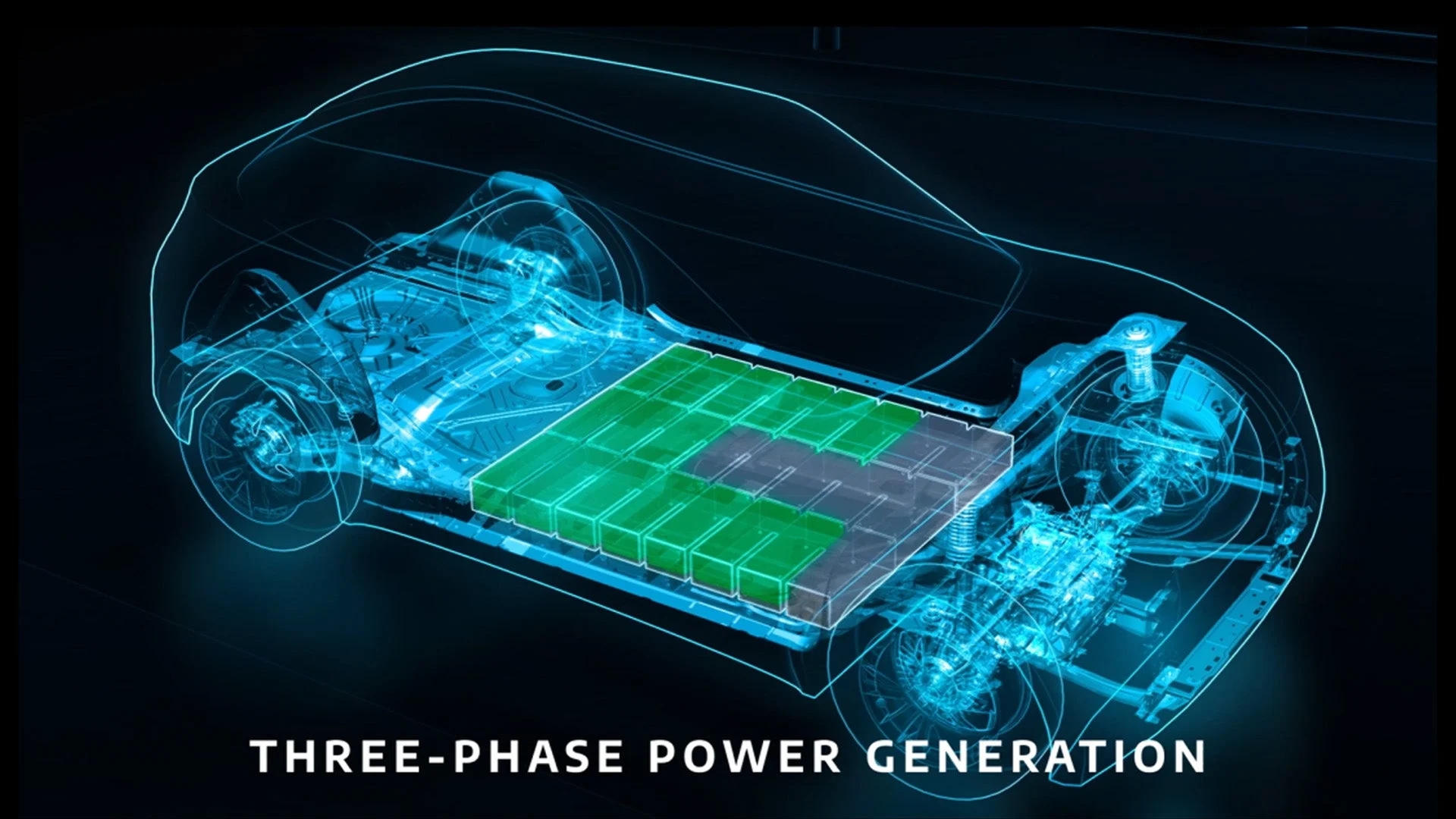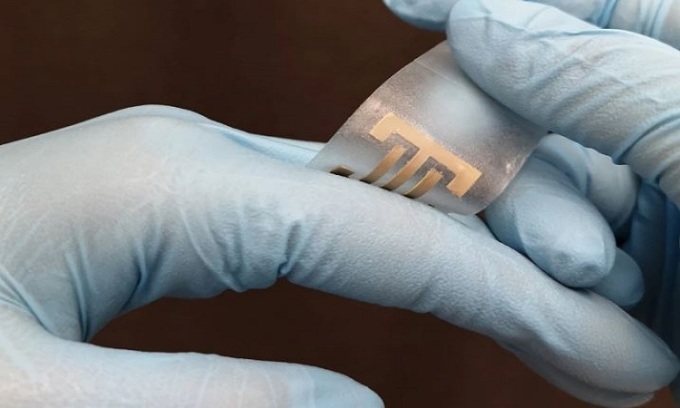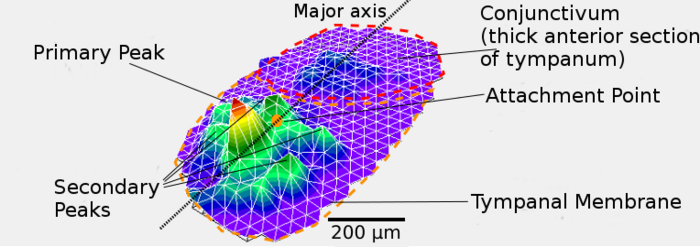1. Supergrids Come of Age
A recent breakthrough in grid technology could make DC power lines practical in 2013. At an ABB Swedish lab researchers have developed a high power DC circuit breaker.
For over a century global industry has depended on AC power because high-voltage DC power could only be used for point-to-point transmission. AC power has been used to build integrated networks but ABB has overcome a technical hurdle with the development of a high-voltage DC circuit breaker that disconnects parts of the grid experiencing problems, allowing the rest of the grid to continue transmitting.
This breakthrough would allow energy from far-flung regions of the world to be routed anywhere and combined with locally generated power with unprecedented ease. Solar power from the Middle East for example could power cloudy areas of Europe and keep lights on at night.
ABB has created a Simulation Center that is developing controls for DC grids including DC to AC conversion stations.
2. Widespread Implementation & Use of 4G Mobile Networks
4G is the fourth generation of wireless mobile communications. 4G allows for better security, communication, and data speeds of at least 100 megabits per second, than previous generations. The new standard opens up the possibility of more robust applications and use of devices on fast moving platforms such as trains and planes. 4G also delivers faster transfers between networks without loss of signal an improved wireless data transfer.
The first generation, 1G, was created in the 1980s, 2G in the early 1990s, and 3G in the early 2000’s.
3. Deep Learning – The Next Chapter in Artificial Intelligence
With recent improvements in supercomputers scientists are anticipating a new area of research called “machine learning” which will bring humanity closer to multi-functional artificial intelligence (AI) than ever before. Deep learning builds on the last 30 years AI development and involves highly sophisticated algorithms that seek to lay bare “intrinsic” human motivations and the physiological processes underlying them. Scientists are attempting to process ideas and thoughts utilizing humanity’s “a priori belief,” for example. With the development of artificial neural networks scientists are attempting to mirror brain processes such as “high level representation”, pattern recognition, brain dynamics, self organization principles, brain hierarchy and more.
4. Efficient Solar Power – At the Tipping Point
After 25 years of development and billions of dollars invested, work in finding affordable ways to harness the sun’s energy have advanced solar energy to rough equivalence with oil in terms of expense; and it’s much cleaner. Older solar cell technology was efficient in the single digits but now technology is capturing solar energy at 30 to 40% efficiency. The newest solar cells are being installed on two of the world’s largest solar energy plants planned for Southern California; the plants will be completed in 2014 and provide 1600 MW of energy.
The general goals for solar energy have been to make solar cells lighter and cheaper. While solar energy is now being installed at the utility and industrial level, researchers are also making it available via micro-generators deployed in off-grid areas around the world such as Lesotho South Africa.
5. Intergrating Big Data, Cloud Computing & Smartphones
A report called “Accenture Technology Vision 2012” discusses the trend toward big data and the simultaneous development of machine learning technology that will deliver services and information to anyone any place with a smartphone.
With the buildout of cloud computing big data will be more and more available to be mined and explored.
6. Memory Implants and Augmentation
In 2013 we are likely to see further advances dealing with Alzheimer’s, strokes induced memory issues and localized brain injuries. Researchers are studying the hippocampus where the brain converts short-term memories into long-term memories. Scientists and engineers are bringing varied experiences to research projects to determine how electrical signals travel through neurons and using artificially created brain signals, brain implants and deep brain stimulation.
Implantable electrodes are likely to be available within 5 to 10 years. One of the challenges will be reducing the size of the implants. While the brain is highly redundant memory involves widely dispersed parts of the brain and so restoring memory for people with advanced brain disease will be the toughest challenge.
7. Robots Advancing Worldwide
Robots have been working on assembly lines for decades but now they are so sophisticated and intricate they can pick up light bulbs without breaking them. Billions of dollars have been spent every year during this time and it is not until recently that the pace of innovation and breakthroughs began to pick up. The most advanced robots have been created by the US military and include minesweepers, robotic pack mules, reconnaissance and combat robots, and the predator series of UAVs and their sophisticated operating systems with remote controls.
Perhaps the most celebrated advances in robotics are the creation of human limbs so people can be mobile again. At the University of Tokyo a robotic arm is capable of throwing and catching a baseball going 186 mph.
8. Additive Manufacturing – Creativity & Efficiency Unleashed
Additive manufacturing refers to the building of products bit by bit. It is also known as 3-D printing. It is the building of three-dimensional solid objects of any shape and made of many different materials. According to the Additive Manufacturing Association (AMA) 3-D printing will allow more rapid product design, prototyping and lead to mre efficient research and development (R&D).
ZoomRP.com is a self-service website allowing designers to prototype parts and receive same-day shipping. Customers upload and .STL file, pay with a credit card, and the system allows non-CAD users to design products.
9. Prenatal DNA Sequencing = Healthier Babies
The difference between life and death is often time. The ability to sequence the DNA of a human fetus through blood analysis will allow the identification of potential illnesseses, abnormalities and disorders that could be treated at the earliest possible time.
One hurdle of sequencing a fetus genome has been confusion between the genome of the mother and the baby: a baby contains 12% of the DNA in its mother’s blood. Tests do not distinguish between sequences belonging to mother and the baby but algorithms are now used allowing identification of fetal DNA.
This technology will completely remake prenatal medicine and help identify pregnancies and likely risks they present to the fetus and mother. The decreasing costs of gene sequencing will help promote use of these tests.
10. Gesture & Vision Control, 3D Spacial Recognition, Touch Screens, Voice Controlled Systems & Google Glass
Mobile and handheld devices are changing our relationship to the desktop computer and people. Recent innovations leveraging gesture and vision control, 3D spatial recognition and others are set to spread through products and devices, forever changing the way we communicate and process information. These innovations are arriving at just the right time as we are drowning in information and our current ways of processing it have reached a bottleneck.






